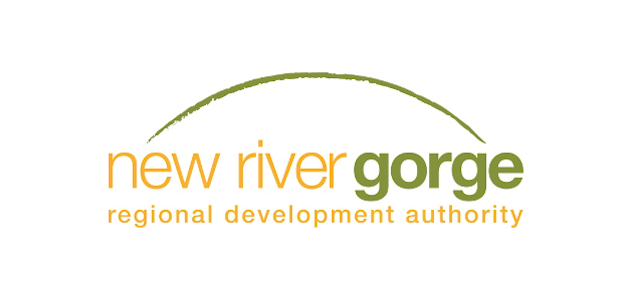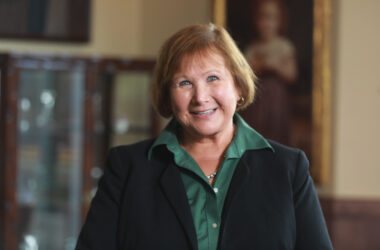‘Historic Building Redevelopment Can Lead to New Possibilities’
By Chance Raso and Andy Davis
West Virginia and its New River Gorge region are fortunate to have ample historic buildings and downtown districts. And like downtown districts across the United States, many of our regions have seen increases in vacancy rates for many decades. A tendency toward developing new sites and buildings on the periphery of highways and away from downtown centers has often underscored the trends of empty and underutilized storefronts, dilapidated buildings, and blighted conditions in our downtowns. This, in turn, can limit small business investment and a community’s overall quality of place.
Downtowns, and the historic buildings lining their streets, help convey the economic backstory of the surrounding community to visitors and add value to businesses and that new development can’t always offer. Strategic redevelopment of historic buildings toward end-uses determined to fit local market gaps can be successful for the developer and for the community’s long-term economic resilience. Lafayette Flats in Fayetteville, West Virginia is an example of how some of the best opportunities can come not from development of new space, but redevelopment of an existing space with its own stories to tell.
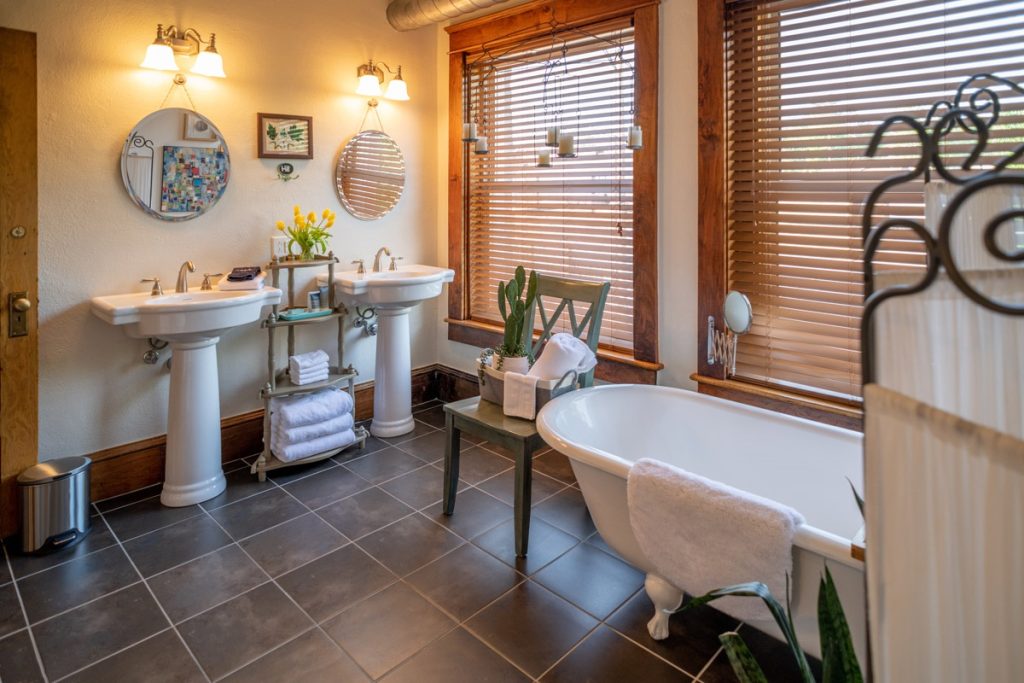
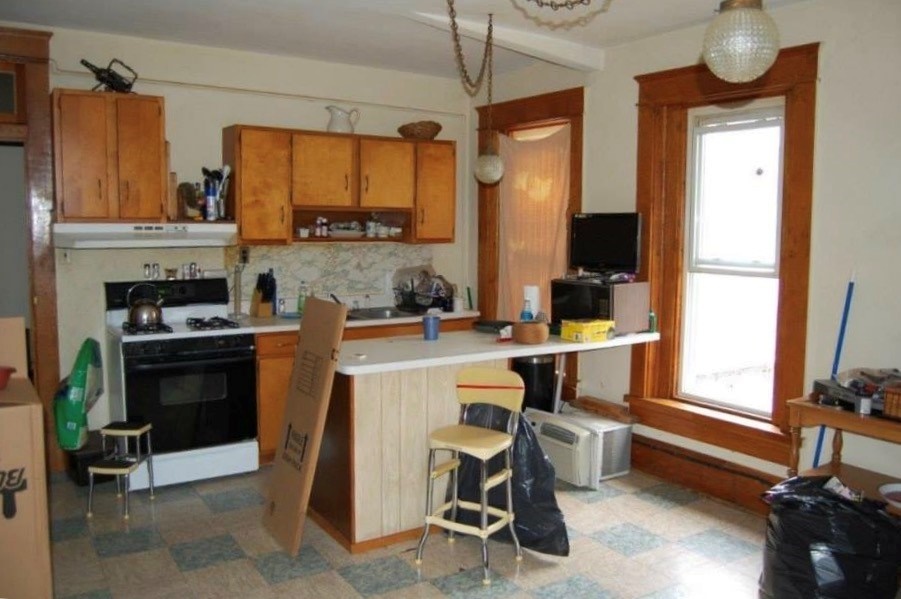
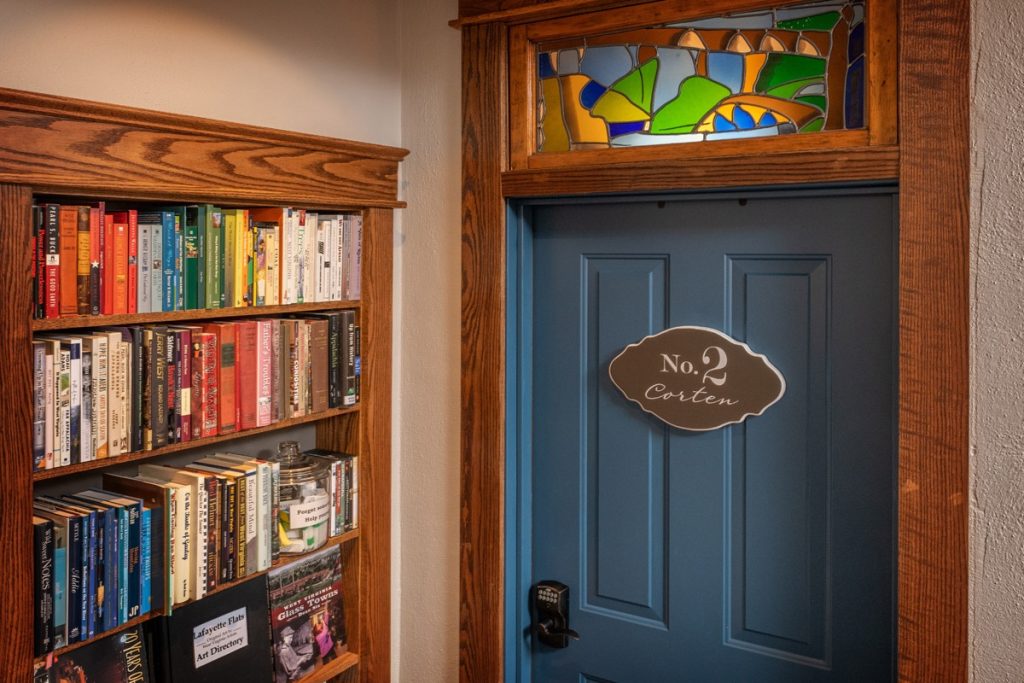
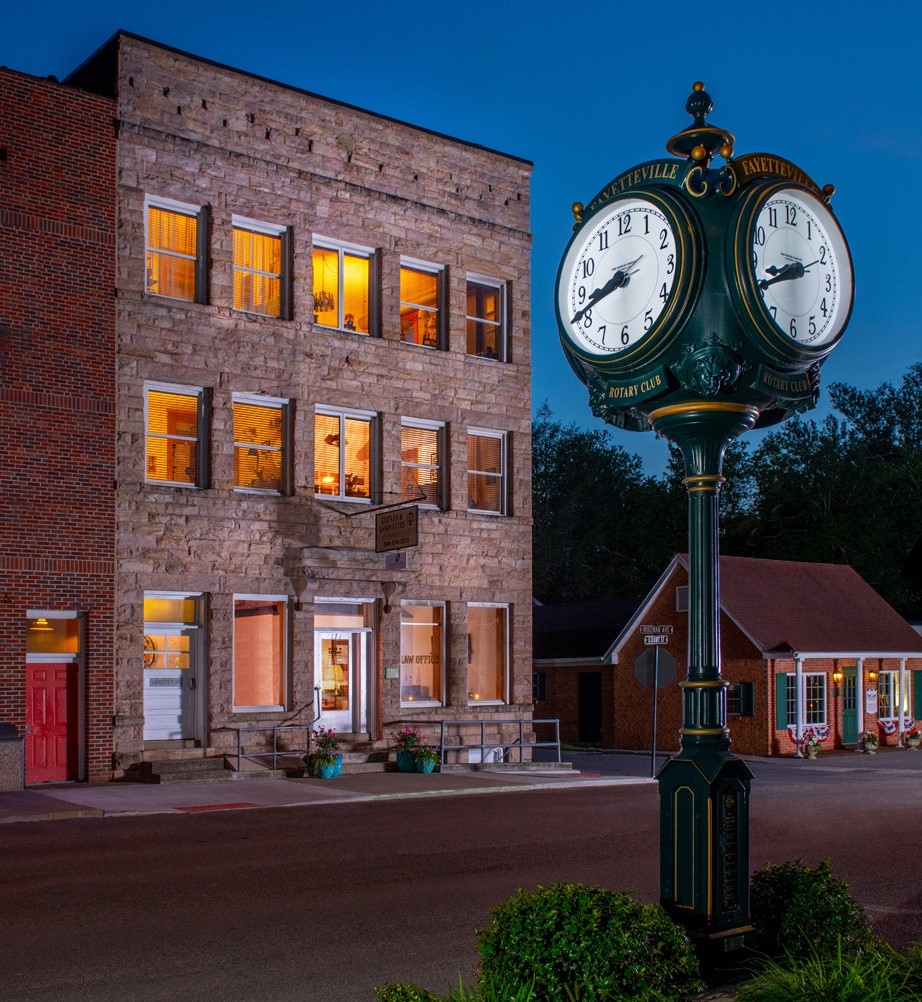
When Shawn Means and Amy McLaughlin were initially looking at potential properties in Fayetteville during 2012, they weren’t planning on buying property to start a business. The couple found themselves frequently travelling to Fayetteville from their home in Charleston for short weekend getaways and were interested in renting a cheap apartment to stay in during their visits. While on the search for such a place, they stumbled across a building for sale in downtown and the idea of buying a property that would not only provide them a place to stay but could also be turned into income-producing apartments came to mind. Being avid travelers and outdoor adventurers, Shawn and Amy quickly realized that they could recreate the style of boutique hotels and vacation rentals that they had stayed in while travelling throughout the country right in downtown Fayetteville. Fayetteville was designated as “America’s Coolest Small Town” in 2006 and had become well-known as a gateway community to the New River Gorge National River and a hub for outdoor recreation tourism in the region. While various lodging existed locally in the form of resorts, hotels, and campgrounds, a boutique vacation rental in historic downtown was a new concept, but one that Shawn and Amy knew had potential.
After some time looking at potential properties, they settled on the Malcolm Building right in the heart of Fayetteville’s Historic District. Built in 1906 to house the Fayette Bank, the three-story building with an exterior made from local Nuttall Sandstone is currently listed on the National Register of Historic Places. The building suffered a catastrophic fire in the 1920s that destroyed the interior but left the exterior stone intact. The Malcolm Building had been numerous things throughout the years, including a bar, a church, a restaurant, and a law firm leased the first floor when they purchased the building.
Shawn and Amy knew they had their work cut out for them when they began the journey of turning the Malcolm Building into Lafayette Flats back in 2013. Redeveloping a historic building that has different materials, design features, or out of date utilities compared to modern buildings provides a whole new set of challenges, and luckily Shawn had an extensive professional career in construction. A major task for the floor plan was turning the second and third floors of the building that were originally designed for office space into four separate apartment spaces each with their own bathrooms and HVAC systems. The office space design meant that each room had a door that led to the main hallway and each upper floor required a door to be removed so that all four flats could have private bathrooms. Running additional plumbing throughout the building ended up costing twice what was budgeted due to the unique historic features and materials found in the building. The fire in the 1920s caused the owners at the time to insert 30-foot-long steel beams into the sides of the building to support concrete floors. These sturdy additions have made the building virtually fireproof, but cutting through layers of concrete, stone, and steel required a mining drill just to run plumbing and was much more costly and labor intensive for Shawn and Amy than if it had been a newer building.
Considering themselves stewards of the building, Shawn and Amy wanted to preserve the historic features throughout the renovation process as much as possible while still providing modern amenities and meeting current building codes. The building was originally wired in the 1920s to have only one lightbulb and one outlet per room and throughout the years electricity demands led to multiple additions to the electrical system in the form of extra fuse boxes and breaker panels that gave the system the nickname of “Old Sparky.” To keep from having to cut into the historical walls to run wire, Shawn and Amy decided to use surface mounted wire mould wherever possible. Fortunately, the Wiremould Series 700 moulding that was used when the building was first wired in the 1920s is still in production and they were able to source the required material from a local supplier. The result was the most historically accurate way to run upgraded electrical wiring possible. The building’s heating system originally used hot water radiators that were replaced with forced-air HVAC units with exposed spiral metal duct based off the recommendations of the Department of Interior’s historic preservation guidelines. The extra radiators were moved around and used as decoration throughout the flats. The building’s doors had beautiful transom windows that wouldn’t meet modern fire codes, but Shawn and Amy came up with the idea to keep the wooden trim above the door, install commissioned stained glass backlit with LED lighting above each doorway to give the impression from the hallways that the transom windows are still in place. On the interior, however, the transoms are covered with two layers of sheetrock to maintain fire-separation.
It took Shawn and Amy nine months from June 2013 to April 2014 to fully renovate the Malcolm Building and turn it into the four rentable spaces that comprise Lafayette Flats. When the pandemic hit in 2020 and mass reservation cancelations happened, Shawn took it upon himself to finish renovating the recently vacated first floor of the building. They were strategic in selecting the tenant for this storefront. Since the location is in walkable downtown Fayetteville, they were careful to choose a business that would serve both the local community and tourists visiting the area. Shawn and Amy decided to partner with Lost Appalachia Trading Company, a West Virginia owned small business that specializes in making West Virginia and nature themed apparel, prints, stickers, and collectables. The business has been operating in the storefront since 2021.
Since the initial renovations were completed, Shawn and Amy have worked to fill Lafayette Flats with art from West Virginia artists. and earmark some of the money generated from the business to purchase one new piece of commissioned art every year to go in the building. During their first winter of 2015, Lafayette Flats set up the “New River Gorge Creative Residency” program from January to March where they set aside one of their flats to host writers and artists to create new artwork from their experience staying at the New River Gorge. In the past, Shawn and Amy could dedicate one of their flats to one to three creative residences to stay throughout the months of January to March, but thanks to being the recipients of a Tamarack Foundation mini-grant, they will be able to host three or four creative residencies at once throughout the month of March. This new program is now called “The New River Gorge Creative Community-in-Residence at Lafayette Flats” and the work of the resident artists will be made available at a public show at Love Hope Center for the Arts in Fayetteville. The grant also gives special considerations to artists who reside in the counties of Southern West Virginia.
Lafayette Flats is an example of what redevelopment with a clear end-use goal in mind for the property can achieve. Through the redevelopment of the Malcolm building, visitors to Fayetteville and the New River Gorge National Park and Preserve can have a unique lodging experience that hadn’t been available in the area for nearly most of a century. Not only did the renovation of a historic building allow for Lafayette Flats to open, but the building also now houses a storefront in the walkable downtown Fayetteville historic district and helps cement Fayetteville as a destination and a gateway community. The New River Gorge Creative Community-in-Residence at Lafayette Flats program wouldn’t have existed without this building’s redevelopment and over a dozen artists have created beautiful artwork that further showcases what makes the New River Gorge region special. The redesignation of the New River Gorge from a National River to National Park and Preserve has also been great for their business with bookings being quickly filled up months in advance. While Shawn and Amy can attest that redeveloping a historic building comes with many unique challenges, the benefits that have come to fruition from owning Lafayette Flats and to the larger community have been well worth the investment.
To learn more about Lafayette Flats and their New River Gorge Creative Community-in-Residence program, visit Creative Residency (lafayetteflats.com).


Chance Raso is Special Projects Coordinator and Andy Davis is Director of Strategic Redevelopment at New River Gorge Regional Development Authority.
About New River Gorge Regional Development Authority: The New River Gorge Regional Development Authority’s (NRGRDA) mission is to initiate, facilitate and support the economic and community development efforts within the counties of Fayette, Nicholas, Raleigh, and Summers located in this region of southern West Virginia. NRGRDA stimulates the regional economy through business expansion and retention efforts, including an extensive portfolio of financial services; the management of sites for new companies locating to our region; and serving as a point of access for local service providers which offer a variety of technical assistance for business owners.
The West Virginia Hive is the entrepreneurship program of the NRGRDA and the administrator of the Country Roads Angel Network (CRAN). More can be found at https://nrgrda.org/

